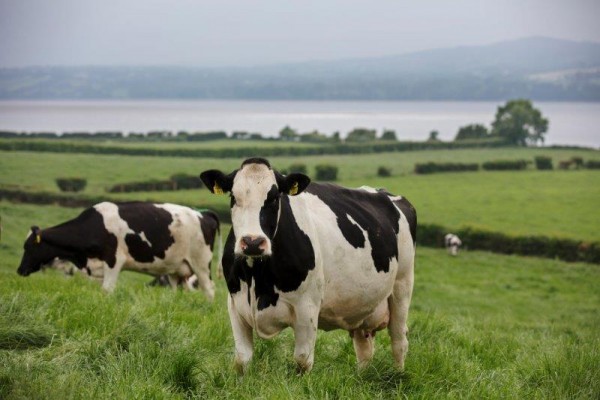Farm Management Tips for July
By Daniel Hession – Nutritionist & Technical Manager
Grassland management
Grass growth has improved but quality is variable on many farms. While there is stem in a lot of swards, the underlying grass in the sward may be good. Pre-mowing or topping should take place if required to get grass quality back on track. The worst paddocks from a quality point of view can be baled out. Correction of grass quality needs to take place this month.
Any autumn reseeding will need to be completed in the next couple of weeks to ensure optimum conditions. Late July is the time to start build-up of grass for autumn.
Dairy
Breeding season is coming to an end – plan it to be 10 to 12 weeks and stick to your planned breeding end date. Late calvers are much less profitable than early calved cows and are more likely not to go in calf the following breeding season. Use short gestation bulls now.
Lameness – the target is for less than 5% of the herd to be affected with less than 1% repeat cases. Lameness cases represent a significant financial cost, therefore, the cause(s) of lameness must be identified and resolved.
Weigh replacement heifers regularly so that lighter heifers are managed to achieve target weights. Calf weight at 6 months of age has a major influence on mating weight which in turn influences milk yield in the first lactation and survival rate in the herd. The July target weights for 0-1 year old and 1 – 2 year old heifers are shown in Table 1. British Friesian heifers should weigh slightly heavier than the HF/Jersey crosses. To achieve target weights excellent grass quality is essential. Calves not achieving target weights should be fed 1 – 2 kg of concentrates per day to gain 0.8-0.9 kg/day with very good grass.
Table 1: Target weights for replacement heifers.
|
| Holstein Friesian | HF/Jersey cross |
| 0-1 year old (27% of cow weight) | 155 kg | 145 kg |
| 1-2 year old (67% of cow weight) | 380kg | 350kg |
It’s high-risk time for flies. The most at-risk animals are in-calf heifers and dry cows as flies can cause summer mastitis. There are chemical and non-chemical control options available.
Beef
Stomach and lungworms will be the biggest threat to calves during summer. When herding be alert for any coughing or scouring in cattle. Spring born calves especially dairy beef calves are most at risk. Carry out a faecal egg count test to determine the need for dosing for stomach worms.
While weaning is a few months away yet for most spring - calving herds, late July is an ideal time to give the first part of a two-shot pneumonia vaccine with the 2nd shot given in late August. If calves require their booster shot of a clostridial vaccine, July is also a good time to administer it.
July is a notorious month for summer mastitis with dry autumn calving cows a very high risk.
Where weanlings will be sold during autumn, consider introducing the creep feeder to calves from mid to late July especially if grass quality is poor.
Sheep
The optimum time to wean lambs is at 14 weeks or 100 days of age. Leaving lambs on the ewes longer than this will have a negative effect on both the ewes and the lambs as the ewes compete with the lambs for the best quality grass.
Have all the necessary treatments for internal (e.g. stomach worms) and external parasites (e.g. flystrike), lameness and mineral supplementation (where needed) up to date prior to weaning to reduce any setbacks. Weaned lambs should have access to the best grass on the farm.


